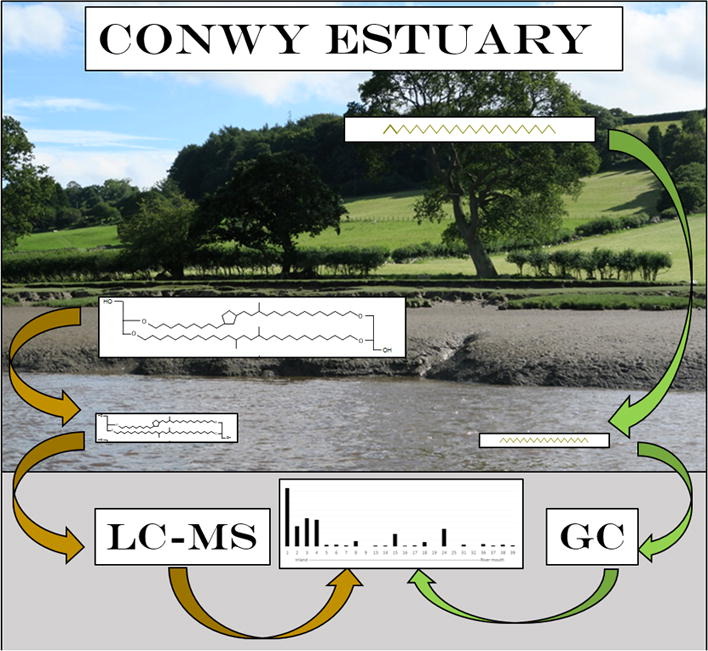Forensic Science International: Reports, Volume 2, December 2020, 100053
Forensic Science International: Reports, Volume 2, December 2020, 100089
SLAS Discovery, Volume 25, Issue 10, December 2020, Pages 1174-1190
Journal of Sexual Medicine, Volume 17, November 2020
Background: Research has revealed that survivors of childhood sexual abuse (CSA) have elevated sexual dysfunction and distress. Nevertheless, a vast majority of studies examining sexual dysfunction and distress among CSA survivors were conducted among women only, and the moderating role of post-traumatic stress disorder (PTSD) symptoms between a history of CSA and sexual dysfunction and distress is yet to be investigated.

